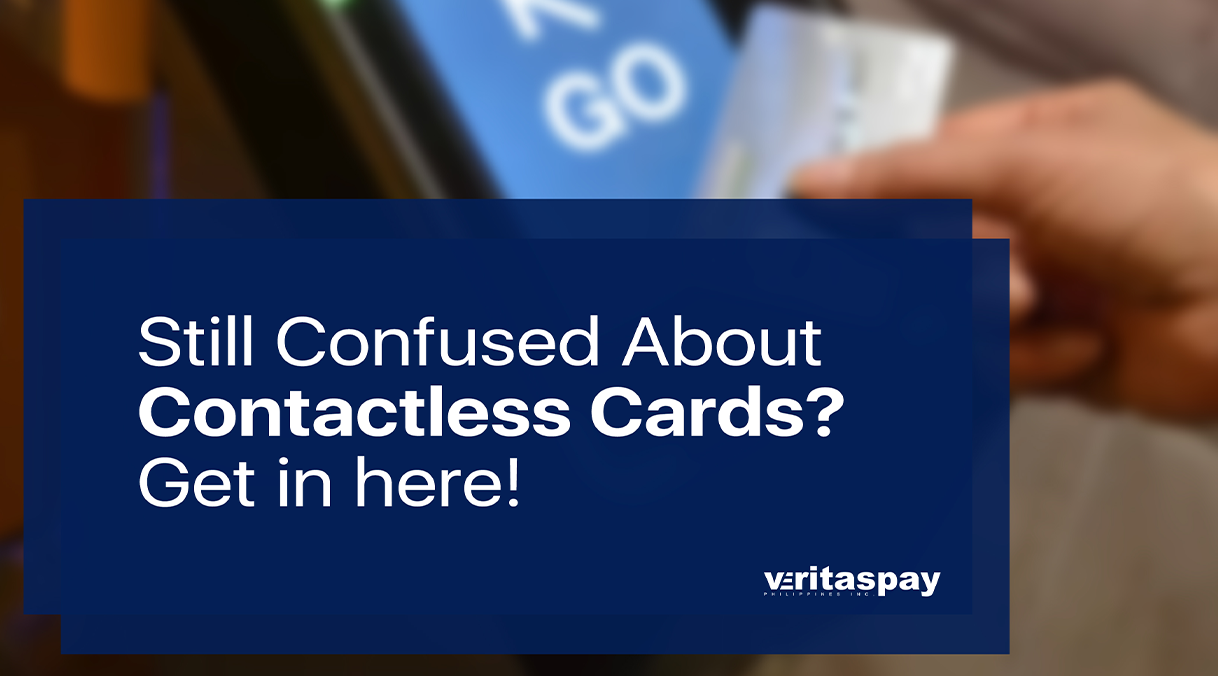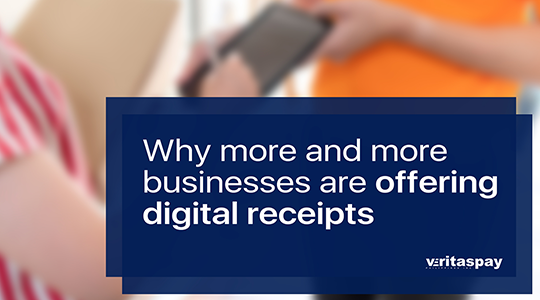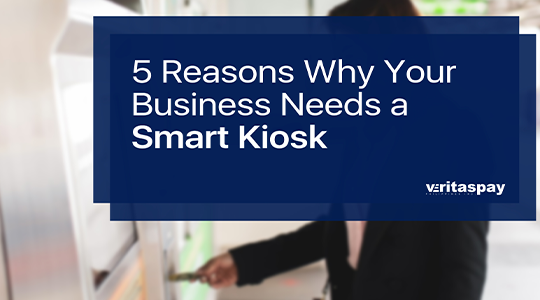Still Confused About Contactless Cards? Get In Here!
by Je Yaranon on June 2020

Card payments are making the rounds faster than ever. The process is heavily in demand as customers are looking to avoid the risks of carrying cash and also finding a more digitalized way of tracking their purchases.
But what exactly are contactless cards? How safe is it? Why should you use it? We’ll answer those questions and discuss some of its other interesting facts.
What are contactless cards?
Contactless-enabled cards are currently the most modernized version of its kind. Aside from the more traditional dip and swipe methods, it can send payments to terminals via tapping or closely placing the card onto the device.
How does it work?
It’s all on the NFC (Near-Field Communication) technology – an improved, and version of the RFID (radio frequency identification). It’s a short-range wireless technology where communication protocols or radio waves between two electronic devices can transfer data. That process is what bridges the contactless card forwarding a payment, and the terminal picking up the information and scanning it in its system.
You may notice how the much modern smartphones are boasting about having an NFC feature. It’s one of the selling points to customers nowadays.
How safe is it?
Like any technological shift, criticisms and concerns about security are going to ensue. In contactless payments’ case, the debate mostly revolves around identity theft and if fraudsters can easily steal card information and proceed to use them for fraudulent purchases.
It was a strong argument early on but encryptions are consistently getting stronger as technology progresses. In present time, intercepting data in the NFC are almost impossible because of the countless variables that have to parallel one another, all of which are also encrypted. It’s like climbing a brick wall with electric barbed wires on top, where armed guards are also waiting on the other side.
Take VISA’s contactless credit cards for example. Such cards are powered with a cryptography generator that create random codes to authenticate transactions and mask certain data. In the unlikely instance that the protection gets cracked, hackers will still face a dead end as the chips do not store any information about the cardholder or the cardholder’s card details.
Additionally, the short-range effectivity of the NFC requires the card to be within 1.6 inches (4 cm) from the terminal and be that close for at least 1.5 seconds before a payment is processed. That virtually eliminates any accidental taps.
Is contactless card a ‘must-have?
Yes. On top of all that technical stuff is three more enticing things that should make you jump out of your seat and look for one: speed and convenience.
It’s simply faster than swiping or dipping, and more convenient than getting your phone and scrolling to your mobile wallet, QR code reader, or bank application.
As VeritasPay continues to provide high-quality payment solutions and promote cashless transactions, the company is also dedicated in bringing in fresh and informative content. We’ll be continuing to share new articles about our products, services, and varying subjects within the industry as we move forward.
Contact us here to know more.
Related Articles

